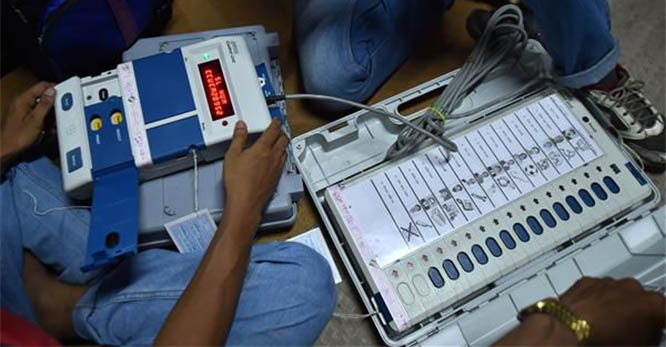Mumbai, Sept 20: With data privacy now becoming hot button, breaches too are common place. However, when the government itself decides to wilfully use data to generate revenue, then questions of propriety are raised for this is proprietary data with the right to it and ownership of it vested with the individual. With the government looking to monetise data, Transport Minister Nitin Gadkari had revealed in Parliament recently that the government is selling vehicle registration and driving licence data of Indians and earning money from it. It is not known whether this decision was ratified by the Law Ministry since issues of privacy are involved.
Replying to a query posed by Congress MP Husain Dalwa, who asked if the government has intended to sell Vahan and Sarathi database in bulk (and) if so, the estimated value for the sale, Gadkari stated that it has provided 87 private and 32 government entities access to Vahan and Sarathi database which has yielded a revenue of Rs 65 crore so far. This is peanuts for the breach involves giving access to tele marketers, leading to widespread harassment, DND (do not disturb) be damned.
If you want to know why the frequency of car manufacturers, financiers and insurers tele calls is rising, then Mr Gadkari is partly to blame for it. More and more people are being inundated with phone calls on topups or loans against owned cars or purchase of upgrades and the reason behind it is that data has been made freely available to a slew of people connected to the auto industry.
An IANS investigation has found that manufacturers Toyota Kirloskar, Tata Motors, Volkswagen India, Indo Farm Equipment manufacturer of tractors, pick n carry cranes, rotary tillers and harvestors; banks like Stan Chart, SBI, Banaskantha Mercantile Coop Bank, HDFC Bank, ICICI Bank, IDFC Bank, Indus India Bank and Kotak Mahindra bank and vehicle financing companies like Khushbhu Auto Finance, Kanak Durga Finance, John Dere Financial Services, India Infoline Financial, Home Credit India Finance, Hinduja Leyland Finance, Hero Fin Corp, HBD Financial Services and insurers HDFC Ergo General Insurance, ICICI Lombard General Insurance Co, Sundaram Finance, Suryoday Small Finance, Tata Capital Financial Services, Oriental General Insurance, TVS Credit Services are the bulk buyers of the data. These are some of the buyers till date and they represent virtually the entire automobile food chain.
The Vahan and Sarathi ministry maintains the Centralized National Registry through the National Informatics Centre and it contains approximately 25 crore vehicle registration records and 15 crore driving licence records. For the same, the Road Transport and Highways Ministry has also created "Bulk Data Sharing Policy & Procedure".
In Parliament, Gadkari had added that organizations seeking bulk data could obtain it at a price of Rs 3 crore. According to him, education institutes seeking the data could obtain it for "research purposes and internal use only" for a price of Rs 5 lakh.






Comments
Add new comment